Throughout 2022, journalists called into Columbia Journalism Review’s podcast, The Kicker, to discuss some of the year’s top news stories with Kyle Pope, CJR’s editor and publisher.
Excerpted below are segments of these recorded conversations, in which journalists grapple aloud with their responsibilities, both as reporters and as human beings, to some of the most consequential stories of 2022. Some made notes on process and style. Some considered journalism’s approach to sophisticated beats like American politics, and contemplated whether 2022 demands we rethink our modus operandi. Other voices aired the emotional tax of covering conflict.
While these journalists reported on the world at large, CJR reported on how 2022’s headline stories affected the journalism industry, and how the news media adapted, as it must, to covering new issues with new tools and on new platforms. Now at the close of the year, we reflect on this progress – and on the work still to be done.



“Given how razor thin the margins are, how close these elections are, you have to approach races now with the idea that either candidate can win,” Ross Barkan, a politics columnist and reporter, told Pope the day after the 2022 midterms.
In November’s election, Democrats gained a Senate seat and narrowly lost the House – despite polling data predicting otherwise. These results accentuated the fickle nature of voter behavior in post-Trump America. Like Barkan, many journalists recalibrated their election coverage in 2022 to account for this unpredictability, which required more nuance, more agility, and fresh angles. Goodbye, diner stories.
At CJR, it meant looking local. Fevin Merid reported on a Georgia newsroom empowering marginalized Black communities to become more educated voters. It also meant monitoring the spread of disinformation by conservative candidates, profuse on TikTok and Instagram, and now appearing in more familiar formats, such as ‘pink slime’ newspapers.
More from CJR on American Politics:
A Case Study: The relationship between a candidate and a ‘pink slime’ news network, Pete Brown
The Progressive News Network Courier keeps a foot in eight swing states, Sarah Grevy Gotsfredsen
How midterm newspapers are failing the electorate, Jem Bartholemew



When Elon Musk purchased Twitter for $44 billion this fall, anxiety pulsed throughout the journalism community. “Elon Musk is very hostile to journalism,” Emily Bell, director of the Tow Center for Digital Journalism, told Pope in December, a week after Musk pulled his ‘Twitter Files’ stunt. “You have to pay attention to that if you’re a journalist.”
This year, CJR’s Matthew Ingram tracked Musk’s chaotic attempts, first to purchase Twitter, and then to retract the offer. When Musk finally effectuated the deal, he laid off half of Twitter’s staff, eased policies that protected against hate speech, and eliminated the blue-check verification process that legitimized journalists on the platform. Twitter – once a primary news-gathering tool for citizen journalists and news organizations alike – morphed into a different platform.
Journalists now face questions about how they should conduct their work on the site. Writing for CJR, Bell emphasized the security risks of doing business on a privately-owned Twitter. Given these newfound privacy concerns, many news organizations and freelance journalists that rely on Twitter for audience growth enter the new year with uncertainties about the longevity of their business models, and where they might take their talent if Twitter’s spiral continues.
More from CJR on Musk’s Twitter:
Elon Musk’s Twitter: What does it mean for journalists?, Emily Bell
The Twitter and Elon Musk saga continues, Matthew Ingram
Elon Musk, Donald Trump, and Twitter’s unknowable future, Matthew Ingram



The Supreme Court’s release of the Dobbs v. Jackson Women’s Health Organization decision was “a very scary moment” for journalists covering abortion, Rebecca Traister, a writer-at-large for New York magazine, told Pope in July.
One by-product of the decision – the decentralization of abortion policy-making – fragmented the abortion story overnight. In CJR’s fall issue on abortion, Amy Littlefield wrote about how national journalists must now cover breaking local news in fifty states. And some of these states, specifically those with aggressive aiding and abetting laws, might pose threats against the free press, Gabe Rottman explained in CJR. In those places, the state could weaponize abortion reporting as testimony against abortion seekers and providers.
The overturn of Roe v. Wade also disturbed more quotidian journalism policies and practices, forcing news organizations to reconsider rules on anonymous sourcing and to rethink the role of social media in abortion storytelling. Most significantly, however, the Dobbs decision compelled journalists to reappraise their responsibilities to their subjects – those giving and receiving abortion care. These sources require elevated care and consideration from journalists, in 2022 and beyond.
More from CJR on Abortion:
The Abortion Issue, various authors
Looming press-freedom threats in post-Roe America, Gabe Rottman
Eight days, and many years, of Roe coverage, Jon Allsop



This year, Covering Climate Now named Justin Worland, a correspondent for TIME, its climate journalist of the year. Worland has dedicated his career to covering climate change, but he feels the media is still playing catch up. “I don’t know that it is understood that it should be seen as more than just a pet issue for a group of people,” he said about climate change in conversation with Pope this summer.
Editors struggle to prioritize climate coverage, Worland added, though 2022 elucidated what’s at stake. Deadly monsoon flooding in Pakistan, unprecedented heat waves in Europe, and Category 4 Hurricane Ian in Florida all demanded the media’s attention. For journalists on the frontlines of climate emergencies, these disasters underscored the urgent need for more coverage, more action, and, ultimately, more justice.
In November, Andrew McCormick surveyed environmental reporters on what climate justice, a primary topic for discussion at this year’s COP27, meant to them. “Climate justice is about powers responsible for the problem assuming responsibility for fixing it,” said Omaya Sosa Pascual, an investigative journalist in Puerto Rico. Journalists must hold these powers to account, McCormick added, though doing so is increasingly unsafe. This spring in CJR, Giles Trendle noted a UNESCO report that showed murders of journalists covering environmental crimes, among other beats, are on the rise.
More from CJR on Climate Change:
Press freedom is essential to climate solutions, Giles Trendle
Nations are nowhere on their climate commitments, and too few journalists are holding them accountable, Andrew McCormick
What climate justice means to journalists on the emergency’s front lines, Andrew McCormick



Calling from her cellphone as she fled Ukraine, just days after Russia’s invasion in February, NPR’s Eleanor Beardsley expressed shock at war arriving on her doorstep while reporting near the Russian border. “I didn’t believe any of this, that it could be this. I couldn’t fathom it,” she told Pope.
Beardsley was one of an estimated sixteen million people who evacuated Ukraine this year. But countless others stayed behind, many of them journalists determined to cover the war. Writing for CJR in June, Judith Matloff remarked that Ukraine might be the most documented war in history “due to the number of photojournalists on site.” These many journalists are covering the war differently from past conflicts; messaging services like WhatsApp, Signal, and Telegram have transformed the mechanics of reporting for international teams, connecting reporters, fixers, and editors with real-time information like never before. Social media apps also shaped this year’s war coverage. Ukraine could be considered the first “TikTok war,” Joel Simon noted in CJR this spring, referring to the extensive publishing of videos by people inside the conflict zone – citizens and news organizations alike.
Most remarkable, however, are the Ukrainian journalists who have defied odds to provide urgent reporting from the frontlines. Nearly all Ukrainian newsrooms now rely completely on international aid to fund their work, but, according to the Media Development Foundation, they maintain hope they’ll be around to cover the next phase of this story: Ukraine’s liberation and revitalization.
More from CJR on the War in Ukraine:
Ukraine press steadfast despite wartime challenges, Gabby Miller
Pushing the envelope, Judith Matloff
For Journalists, Ukraine is a WhatsApp war, Joel Simon
Emily Russell was a CJR fellow, and is now an editor at The Week.

